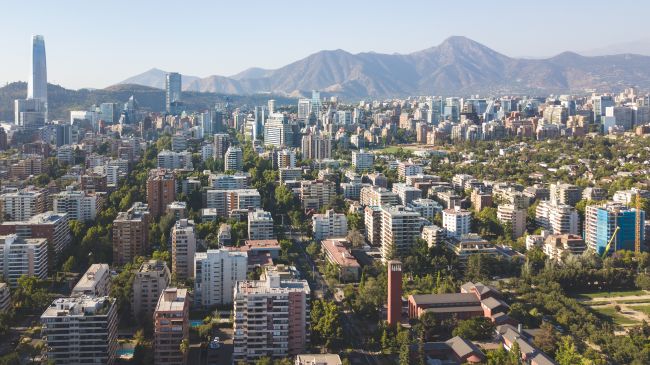Back to school plans – but what are the implications on travel?
What are the possible implications and impacts of schools reopening on travel to school?

The UK Government has announced that primary schools could start to reopen (to limited year groups) from 1 June and anticipates that all primary year groups can return a month before the summer holidays start.
For some time, schools will have been planning how they can reopen safely to pupils – setting out classrooms to ensure children can socially distance, carefully managing playtimes to reduce the opportunity for pupils to congregate, and staggering lunchtimes to allow children to safely sit apart.
But what about the possible implications and impacts of schools reopening on travel to school?
Public policy over many years has focused on encouraging sustainable and active travel to school – encouraging walking/scooting and cycling to address inactivity and child obesity issues, help tackle poor air quality around schools, and address congestion and associated safety issues at the school gate.
Surveys during the lockdown hint at people’s unwillingness to return to public transport because of concerns about crowding and the difficulty of achieving social distancing; indeed, the Government is now advising people to avoid using public transport. One concern is that if parents start to drive to work this could lead to an increase in car use for the journey to school as they drop off their children on the way. The impact of this on schools will be huge – with additional congestion around schools and associated negative impacts on safety and air quality. Pre-COVID, school run traffic typically accounted for one-fifth of peak time vehicles on the road; with more people driving to work as the lockdown eases it will be even more important to remove short, local school travel journeys from the network.
Schools will need to:
- Advise parents on safe routes for walking and cycling to school, possibly proactively managing walking and cycling onto specific routes to spread demand and help support social distancing.
- Increase the space available at school gates for people arriving on foot and by bike, and perhaps introduce new ‘in’ and ‘out’ gates to help parents keep their distance.
- Introduce staggered school start/finish times to help spread numbers at school drop off and pick up, perhaps giving parents a specific timed start and actively discouraging any lingering.
- Have sufficient space at school site to store pupils’ bikes safely.
Local authorities have an important role in:
- Helping with back to school travel planning and liaising across schools to agree staggered school start/finish times to help manage travel demand across the wider network.
- Quickly introducing practical infrastructure measures around and on routes to schools to create safe space for walking and cycling to school – widening pavements, creating ‘school streets’ where traffic is restricted, safeguarding existing (or designating new) cycle routes.
- Ensuring that these new measures can support walking and cycling over the longer term.
- Supporting coordinated efforts on school bus services as operators deal with social distancing requirements and schools seek to stagger start and finish times.
Families are walking and cycling together more, encouraged by much quieter roads (retailers have reported significant increases in bike purchases and there has been a boost in the take up of cycle to work schemes). More people than ever before are working from home and will be discovering the additional time that this creates in their working day. These things could mean that parents are more willing and able to cycle or walk to school with their children.
Walking and cycling to school is not issue-free and it won’t just happen by itself – parents are looking to schools for reassurance that back to school plans have been properly thought through and want straightforward guidance about what to do and how to do it safely. Schools and local authorities will need to work together to help guide parents and pupils to make good, safe travel choices.

















